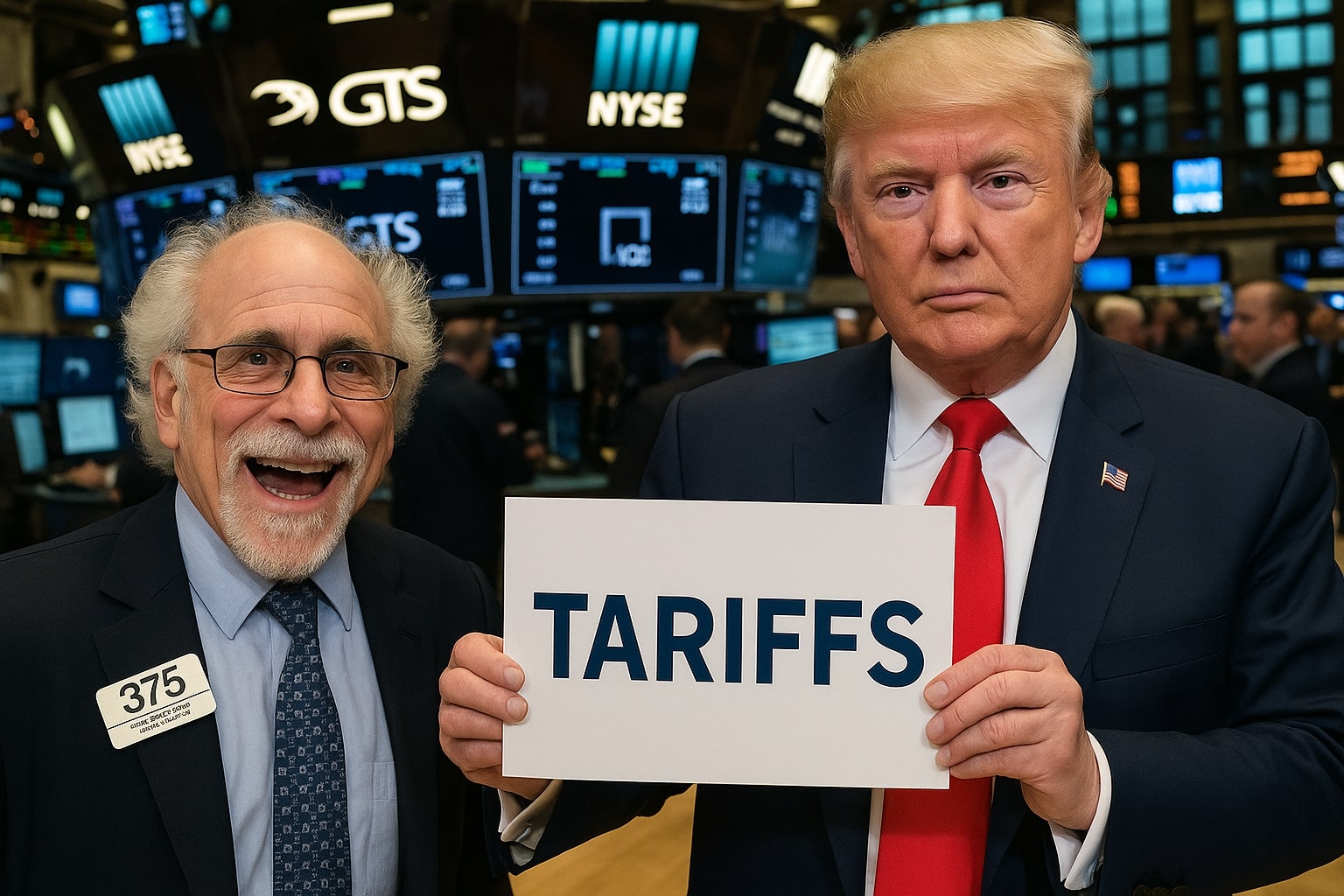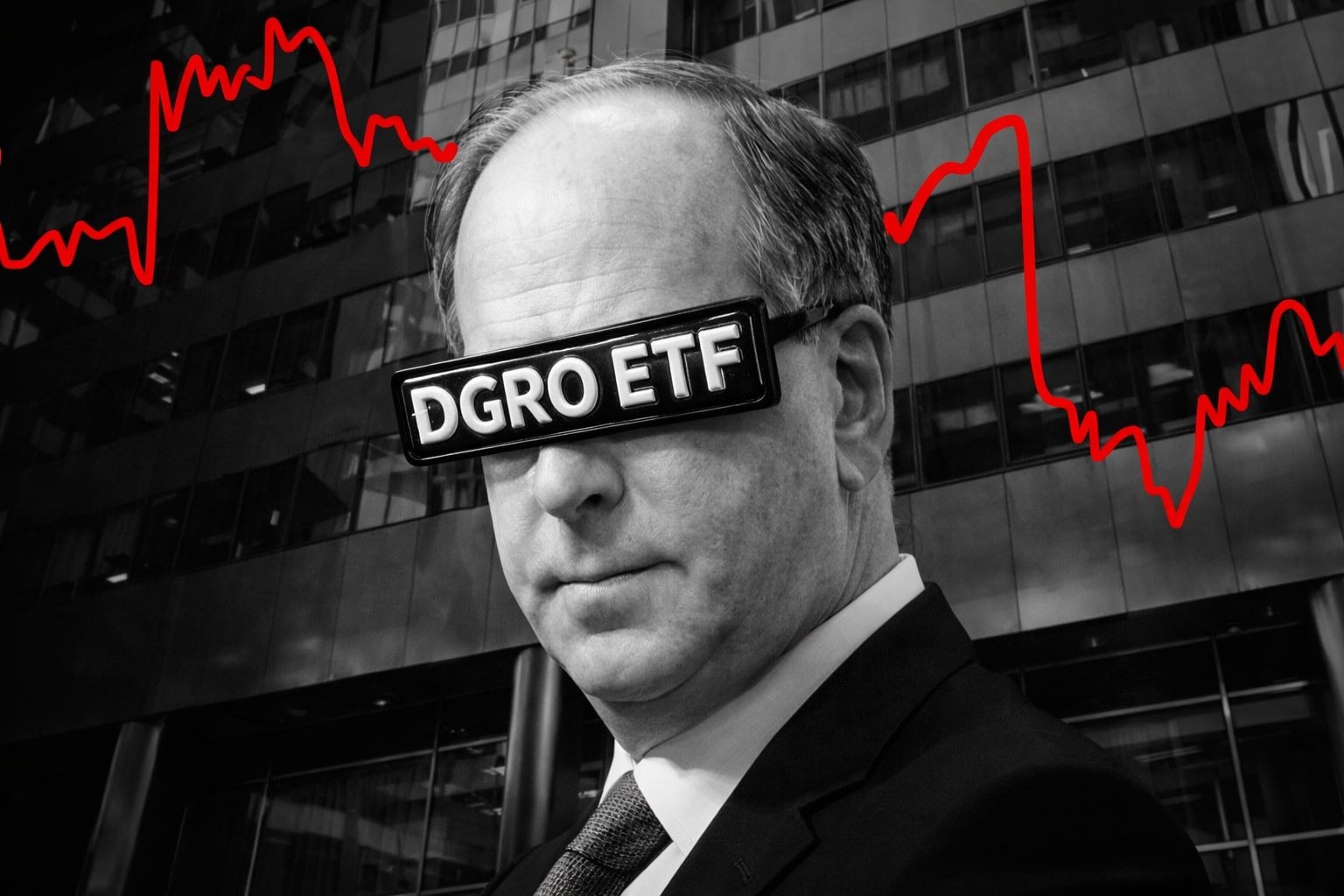
Nasdaq Futures Drop 0.3%, Dow Sinks 179 Points — Will Trump's Tariff Ultimatum Trigger a Market Correction?
Stocks slide as Trump threatens fresh tariffs; Boeing (BA) crashes 7%, Oracle (ORCL) rallies 9%, gold surges 2% to $3,409. Will S&P 500 and Nasdaq withstand the rising geopolitical and inflation risks? | That's TradingNEWS
Nasdaq, S&P 500, Dow Futures Slip as Trump’s Tariff Threat and Middle East Tensions Rattle Markets
Nasdaq 100 futures traded down 0.3%, S&P 500 futures lost 0.3%, and Dow Jones Industrial Average futures dropped 0.4%, reflecting fresh market caution after President Trump reiterated his intent to impose unilateral tariff rates on global trading partners within two weeks. The move came despite softer-than-expected wholesale inflation data, with the May Producer Price Index rising only 0.1%, below the 0.2% estimate, and flat core PPI also printing just 0.1%.
S&P 500 and Nasdaq Struggle After Recent Gains
The S&P 500 had snapped a three-session win streak on Wednesday and is now trading approximately 2% below its February record high. Nasdaq Composite also ended lower, under pressure from renewed geopolitical concerns and weaker-than-expected consumer price data earlier this week. Market strategists, including Wells Fargo’s Scott Wren, cited the challenging environment of slowing earnings growth and uncertain trade dynamics as a headwind for risk appetite.
Boeing (BA) Sinks 7% After Air India Dreamliner Crash
Boeing (NYSE:BA) plunged 7% in premarket action after an Air India 787-8 Dreamliner crashed shortly after takeoff in India with 242 people aboard. Shares of Boeing suppliers GE Aerospace and Spirit AeroSystems followed lower, dropping 4% and 3%, respectively. While the cause of the crash remains undetermined, Boeing’s ongoing reputation risk is again in focus.
Oracle (NYSE:ORCL) Surges 9% on Cloud Growth Beat
Oracle (NYSE:ORCL) surged nearly 9% after delivering strong fiscal Q4 results. The company reported $1.70 in adjusted EPS versus $1.64 consensus and revenue of $15.9 billion, beating estimates of $15.59 billion. Oracle’s forward guidance emphasized accelerating cloud growth, prompting Barclays to raise its target to $221 per share from $202. The stock has outperformed the market in recent months, rising 22% in three months and 17% over the last month.
Labor Market Shows Signs of Weakening
Initial jobless claims held steady at 248,000 last week, marginally above the 246,000 consensus. More notably, continuing claims rose by 54,000 to 1.96 million, the highest level since November 2021. The increase signals some softness in the U.S. labor market, with displaced workers taking longer to find employment.
Oil Prices Reverse After Previous Session Surge
West Texas Intermediate (CL=F) fell 2% to $66.77 per barrel, while Brent crude (BZ=F) slipped 1.9% to $68.42. Wednesday’s sharp 4% rally had been driven by escalating Middle East tensions, particularly U.S. evacuation orders in Baghdad and Israel’s potential military action against Iran. However, prices retreated on Thursday as traders reassessed near-term supply risks.
Gold Extends Gains Amid Safe-Haven Flows
Gold (GC=F) climbed another 2% to $3,409.80 per ounce after advancing 1% the prior session. Demand for safe-haven assets increased as the dollar index hit its lowest level since July 2023, dropping 0.6%. Ongoing geopolitical risks and uncertainty around the U.S. tariff policy are further enhancing gold’s appeal. Year-to-date, gold has now advanced 28%, supported by both retail and central bank demand.
Treasuries Rally, 10-Year Yield Falls
U.S. Treasury yields extended their decline, with the 10-year yield falling to 4.36%. A key test looms later today with a $22 billion 30-year Treasury auction. Given fiscal concerns around Trump’s tax policy and potential for rising deficits, investor appetite for long-duration paper will be closely watched.
Fed Expectations Shift Back Into Focus
While markets remain sensitive to trade policy headlines, investor focus is clearly shifting toward next week’s Federal Reserve meeting. Despite milder inflation data, Wall Street remains wary of tariff-induced price pressures in coming months. Current market pricing suggests a 70% probability of a September rate cut, but Fed officials may remain cautious.
Sector Views: Tactical Moves for Traders
For the major indices, the near-term outlook is defensive. With Nasdaq and S&P 500 futures both lower and the Dow underperforming, positioning remains cautious. Elevated risk premiums are warranted in light of geopolitical headlines and trade policy uncertainty.
Oracle (ORCL) remains a strong buy on earnings momentum and cloud growth prospects. Boeing (BA) faces elevated downside risk and is best avoided until clarity on the crash emerges. Energy stocks may see short-term volatility following oil’s reversal.
In sum, while inflation trends are favorable, the interplay of tariffs, trade deals, and Middle East tensions is creating a complex backdrop for equities. With the Fed meeting approaching and labor data softening, investors should brace for continued volatility across Nasdaq (IXIC), S&P 500 (SPX), and Dow Jones Industrial Average (DJI).
That's TradingNEWS
Read More
-
Nvidia Stock Price Forecast: NVDA at $175 Looks Mispriced for a $230 AI Supercycle
18.12.2025 · TradingNEWS ArchiveStocks
-
Ethereum Price Forecast - ETH-USD Slides to the $2,800s as ETF Outflows Mount and a $2,000 Flush Looms
18.12.2025 · TradingNEWS ArchiveCrypto
-
Oil Price Forecast - Oil Stalled Near $56–$60 as Venezuela Blockade Clashes With Oversupply Outlook
18.12.2025 · TradingNEWS ArchiveCommodities
-
Stock Market Today: Nasdaq, S&P 500 And Dow Jump As CPI Cools And MU Stock Rockets
18.12.2025 · TradingNEWS ArchiveMarkets
-
GBP/USD Price Forecast - Pound Holds 1.34 as BoE’s 3.75% Rate and Weak US CPI Pressure the Dollar
18.12.2025 · TradingNEWS ArchiveForex



















